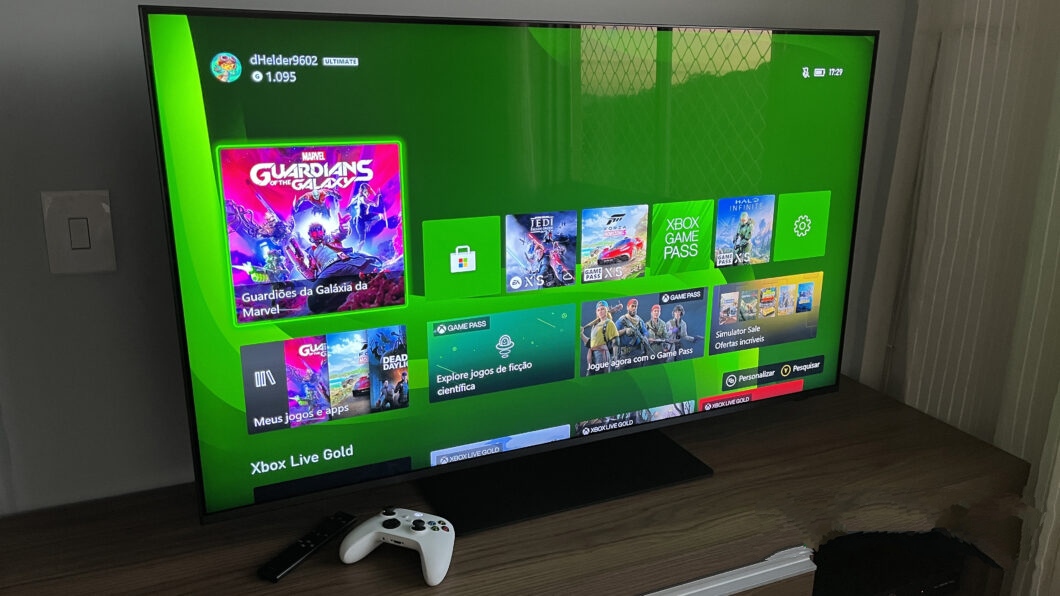What is QLED? Full info about display technology used in TVs
Learn the differences between QLED and Neo QLED, their relationship with Crystal UHD TVs, plus the positives and negatives. QLED or Quantum Dot Light-Emitting Diodes is one of several technologies present in current televisions that reach 4K resolution or higher. Although increasingly popular, the term still raises doubts. Understand what QLED is , how it works and the main differences from other technologies such as Neo QLED, QNED and what characteristics to look out for when choosing a new TV. What is QLED QLED can be seen as an enhancement of LCD. The quantum dots used in the technology are crystals with nanometers in diameter that emit very specific lengths of light. These nanocrystals are composed of semiconductor materials that provide a quantum confinement effect, which occurs when the material’s electrons are limited to extremely small volumes. Quantum confinement allows nanocrystals the ability to modify and adjust the wavelength of light according to their size, generating different colors without the need for chemical combinations. Although quantum dot technology received its first commercial applications in 2013, in devices such as the Sony Triluminos line , studies on quantum confinement have been going on since 1982, when Russian scientists identified the phenomenon. In devices with QLED technology, there is a structure made up of an LCD screen, a film of quantum dots and a backlight composed of LEDs that emit blue light. The backlight is the set composed of a lamp and other elements that provide the necessary light for the process of producing images in displays that do not produce their own light. LCD televisions usually use a backlight that emits white light, while QLED technology uses a blue light LED. The nanocrystals present in QLED devices are one of the technology’s differentials, because inside the film, there are specific crystals that reproduce shades of red, green and blue. This operation avoids tonal variations, producing purer, more realistic colors and brighter screens. Is QLED already the standard or are there still inferior TVs? Despite gaining popularity, QLED TVs share space with their LCD and LED older sisters. These technologies use a lighting unit and have similar characteristics, although QLED models are brighter and have a wider color gamut. In addition to these models, there are TVs with OLED technology, which produce images through another method that results in images with different characteristics. Therefore, it is a little complex to define the quality of a device, based only on the technology used. In a more basic comparison, we can say that QLED screens present more brightness and more vivid colors, while OLED screens offer deeper black levels and greater contrast, due to their individually illuminated organic diode technology that allows each pixel to be turned on or off individually. . As QLED and LED TV models need a light source to produce images, they have less precise light control than OLED models, resulting in grayer and less faithful blacks. On the other hand, QLED televisions can offer a greater color gamut, more brightness and tend to have fewer problems with reflections on the screen, something that can make them an interesting choice for brighter environments. The most important…






